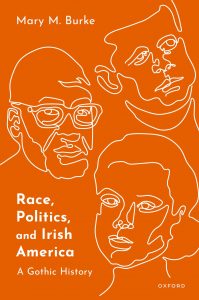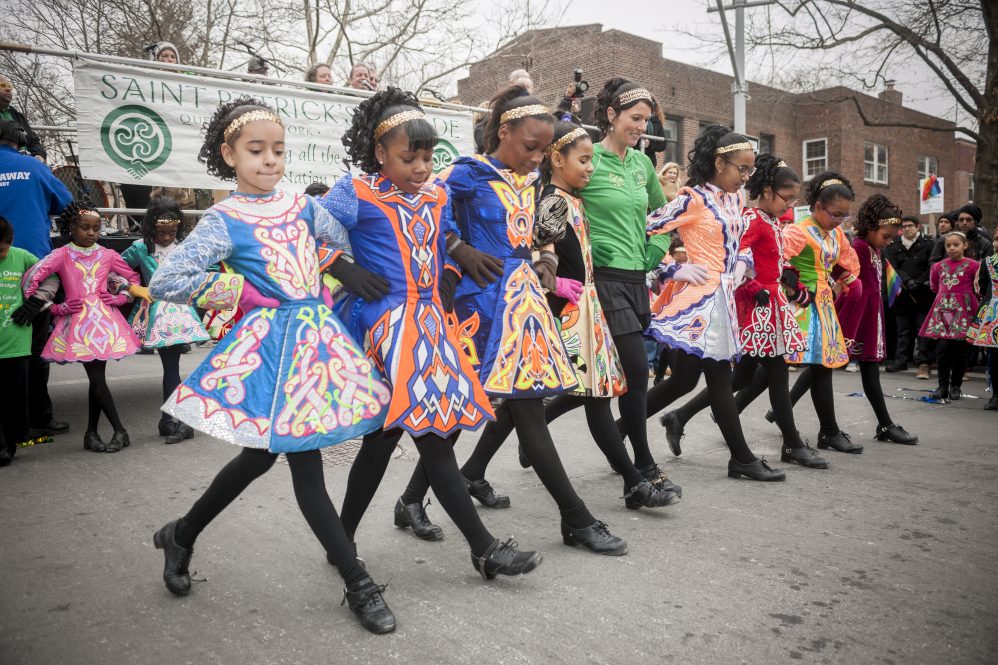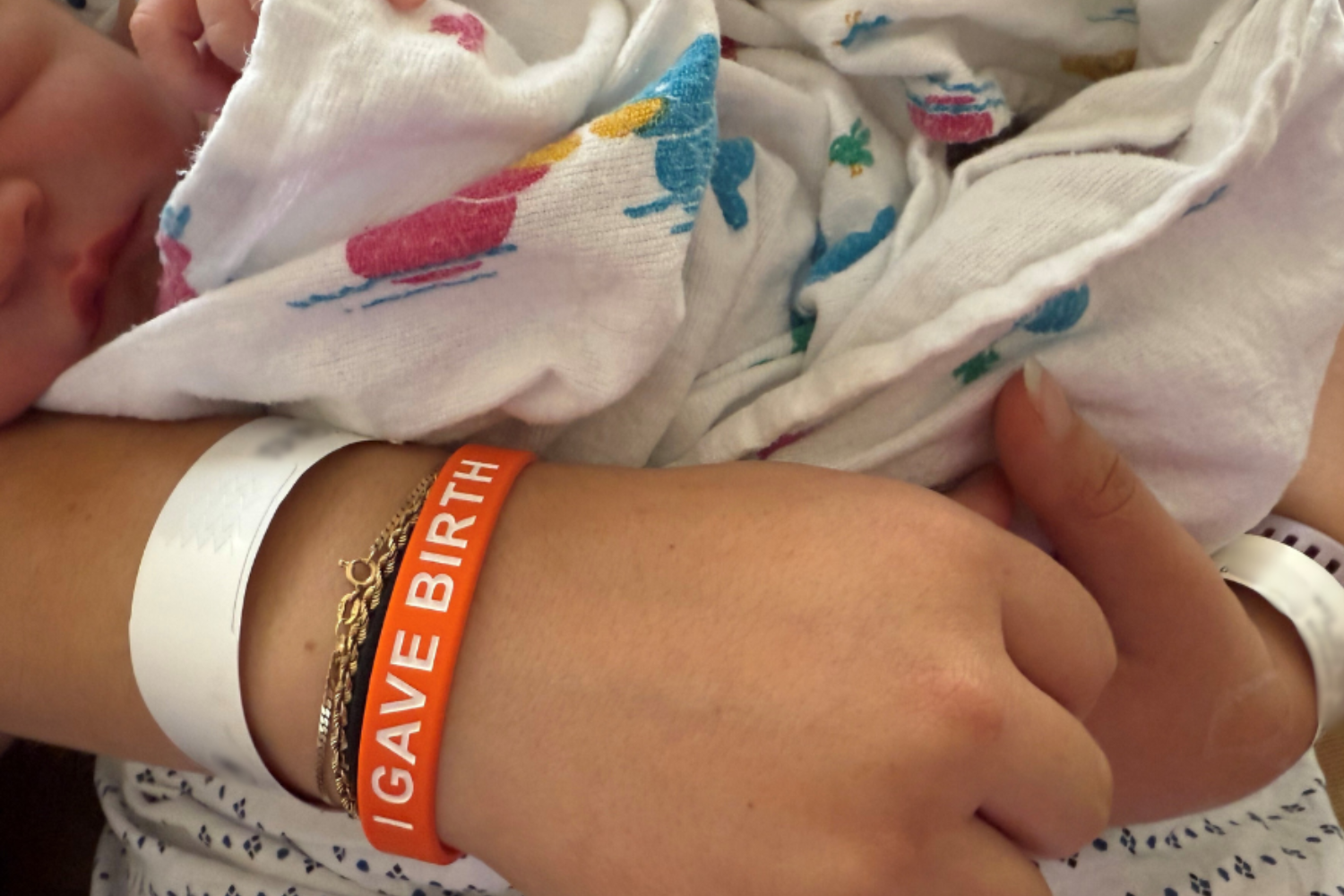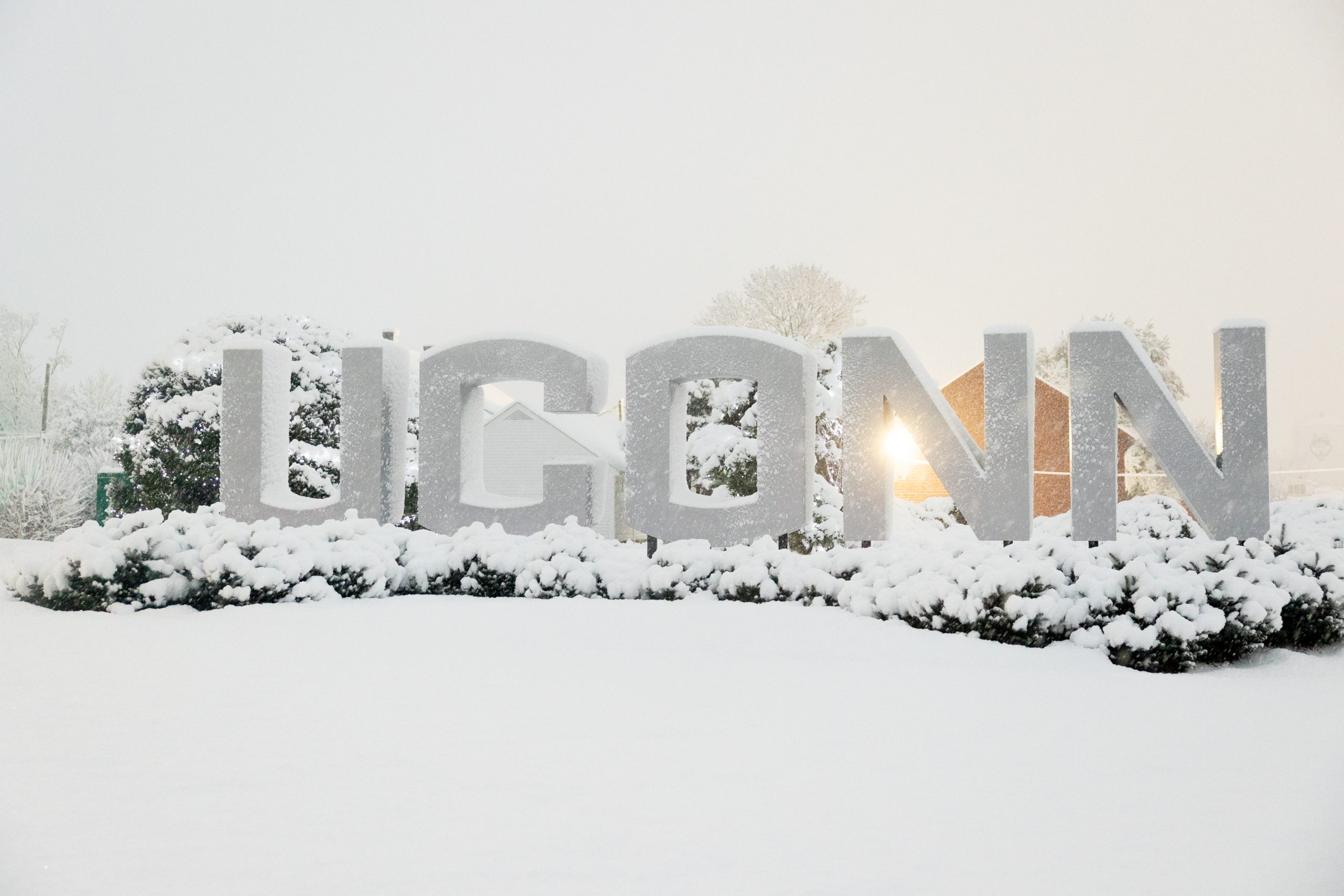English professor Mary Burke says she started to see a change in the makeup of her Irish literature classes after the presidential election of Barack Obama in 2009.
“At first, these classes had attracted mostly white students with Irish surnames,” she writes in a blog entry for the Immigration and Ethnic History Society. “After Obama’s emergence, however, students of color increasingly took my courses and increasingly spoke about their own Irish ancestry during discussions.”
While they identified with Obama as a Black American, students also were drawn to him because of his white Irish maternal ancestry, she says, adding that their recognition came tentatively, suggesting “it was not a heritage with which they had always thought they could identify.”

It was a time of change not only for students but also Burke, who immigrated here from Ireland in 2004 and “remained culturally Irish” for several years afterward, she says, focusing her classes on Irish-born writers and reading only The Irish Times newspaper to stay informed.
That’s when Burke, who is coordinator of the English department’s Irish literature concentration, started to think about Irish America – a process that eventually bore the recent release of “Race, Politics, and Irish America: A Gothic History” (Oxford University Press).
As St. Patrick’s Day events fill social calendars this week and as Burke readies for UConn’s Gerson Irish Reader on March 30, she spoke with UConn Today about the book’s origin and why its message is important.
Q: What’s the synopsis for the book and how did it come about?
“Race, Politics, and Irish America” is a cultural history of race and centuries of Irishness in the Americas. Although it moves from the forcibly transported Irish of the 17th century to post-1845 Catholic Irish Famine immigrants, it began as a study of literature and the Scots-Irish. “Scots-Irish” is the American term for descendants of settler-colonial Presbyterians who left Ireland from the 18th century onwards. Their perceived Irishness receded with the influx of Catholic immigrants during and after the Famine, which is why Scots-Irish writers I encompass, such as Henry James, Ellen Glasgow, and John Steinbeck, are generally excluded from the Irish American cultural canon.
Andrew Jackson was the first of about a dozen presidents who identified as Scots-Irish. He was the son of Irish settler-colonists, a plantation owner, and a scourge of Indigenous America. Once I began looking at representations of Jackson as a troubling, spectral presence in work by James and F. Scott Fitzgerald, it became apparent that the book would have to center on race and Irishness.
Q: Aside from the student makeup in your Irish literature classes, what else inspired your idea for the book?
I was born and educated in Ireland, so my book also emerges from reading American writers of Irish connection such as Fitzgerald, James, and Eugene O’Neill, and seeing overlooked Irish concerns in such work. However, the project was particularly galvanized by reading Frank Yerby. He was a bestselling African American author who worked through his ambivalent feelings about his maternal Scots-Irish ancestry in “The Foxes of Harrow.” This was a 1946 historical novel centered on a Southern planter of Irish birth, which I argue answers back to the Irish American Margaret Mitchell’s “Gone with the Wind.”
Yerby exemplifies my argument that the Irish in America are - and always have been - incredibly diverse in terms of denomination, political outlook, and racial and ethnic identity. However, Yerby, too, has been excluded from the Irish American canon, in his case due to a conservative definition of Irishness that assumes whiteness.
Q: How did the book’s subject matter expand as you began researching and writing?
By the time it was finished, the book encompassed figures from Jackson to those of Famine Irish descent such as Grace Kelly and the Kennedys and on to family of the Caribbean Irish Rihanna, along with dozens of writers, performers, and public men and women. Since Irish cohorts were both colluders and victims within America’s structure of race, I ended up looking at a wide variety of cultural works that critique or condone the Irish pursuit of unconditional whiteness: fiction, drama, film, television, art, journalism, caricature, viral pseudohistory, exhibition, illustration, and statuary.
Q: What is one of the book’s most surprising takeaways?
That the Irish were racialized and subsequently “whitened” not once, but multiple times in the Americas. In addition, although violent Irish encounters with Native and African Americans in the Americas across centuries are central to the story I tell, moments of African Irish solidarity consistently appear too. I was fascinated by the fact that in 17th century Barbados, “Redlegs,” or transported Irishmen, and the enslaved conspired multiple times against their “masters.” That wider archipelagic American context is what led me to moments as diverse as William Faulkner’s character Sutpen, whom I read as a “Redleg,” and the family of Rihanna, who claim “Redleg” ancestry.
Q: You look at the idea of Irishness not just through literature, but also the American presidency and Hollywood. Why is it important to consider Irishness through these difference lenses?
Although I consider presidents Jackson and John F. Kennedy, other lenses correct for the traditional overemphasis on the roles played by such public men in accounts of Irish “whitening.” So, to challenge the usual focus on the straight male Catholic Irish American author as the only representative voice, I include Black, queer, women, and even non-Irish writers, from James, George Kelly, Eudora Welty, Mitchell, and Faulkner to Yerby. Overreliance on Irish American social realism has provided a very partial picture, so I highlight Irish America’s non-realist Gothic narratives, from “Edgar Huntly,” whose title character I read as Scots-Irish, to the Scots-Irish Edgar Allan Poe, and on to the vocabulary of curse and conspiracy that follows the Kennedys.

The book’s equally diverse roster of performers and public figures of Irish connection who are Black, female, or queer also expands that standard assimilation narrative: Frederick Douglass, Oscar Wilde, Josephine Baker, John Wayne, Paul Robeson, Maureen O’Hara, and even Mariah Carey feature.
In addition, the business and practice of beauty and fashion, traditionally associated with women and queer people, has been overlooked in considerations of the Irish quest for whiteness, so I look at the evolving relationship between beauty norms, “whiteness,” and Irish status in relation to figures such as Grace Kelly and Jackie Kennedy.
Q: Why is this important?
To tell the story of the Irish and race is to tell the story of America to a degree. In their dealings with Native and African Americans, the Irish often replicated the very colonial-settler violence that had caused their flight from the disordered motherland, then under British control. This legacy erupts in works by or about their descendants, which often simultaneously conjure up the unfinished history of both Ireland and America. For instance, I read the Irish American O’Neill’s “Desire Under the Elms” as addressing both the role of the Irish in the seizure of Indigenous lands in America and the colonization of Ireland.
Q: Why should Americans consider Irishness today?
My book argues that Irish American Grace Kelly’s rise to royalty in 1956 and the ascension of the Kennedys soon after signaled the arrival of the post-Famine Irish to unconditional whiteness. Added to this, Diane Negra has influentially stated that since the 1990s, Irishness has been the “white ethnicity of choice” in the American identity marketplace. For Negra, claiming Irishness today is a covert way of claiming whiteness. In a study I refer to in my book that demonstrated that all else being equal, American employers selected candidates with “white” names 50% more often than those with “Black” names, eight out of nine surnames chosen to represent the former were Irish. The authors did not refer to this detail, but it startled me.
The Gerson Irish Reader 2023 is contemporary fiction writer Anne Enright, who will read from her 2020 novel “Actress” at 7 p.m. Thursday, March 30, in the Alumni House. A reception in her honor will be held an hour prior at 6 p.m.



